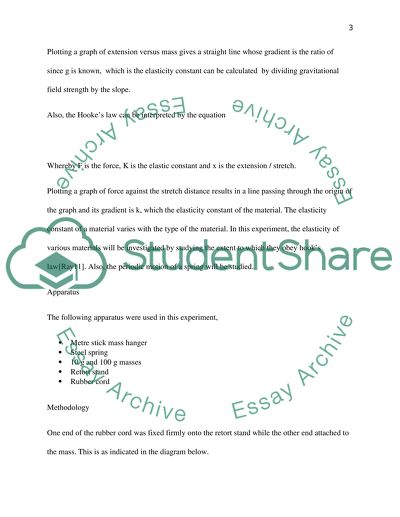Cite this document
(“Hooke's Law Essay Example | Topics and Well Written Essays - 1000 words”, n.d.)
Hooke's Law Essay Example | Topics and Well Written Essays - 1000 words. Retrieved from https://studentshare.org/physics/1472939-hooke-s-law
Hooke's Law Essay Example | Topics and Well Written Essays - 1000 words. Retrieved from https://studentshare.org/physics/1472939-hooke-s-law
(Hooke'S Law Essay Example | Topics and Well Written Essays - 1000 Words)
Hooke'S Law Essay Example | Topics and Well Written Essays - 1000 Words. https://studentshare.org/physics/1472939-hooke-s-law.
Hooke'S Law Essay Example | Topics and Well Written Essays - 1000 Words. https://studentshare.org/physics/1472939-hooke-s-law.
“Hooke'S Law Essay Example | Topics and Well Written Essays - 1000 Words”, n.d. https://studentshare.org/physics/1472939-hooke-s-law.


